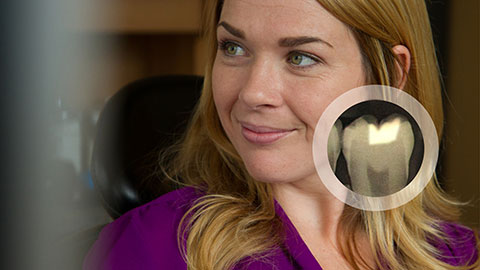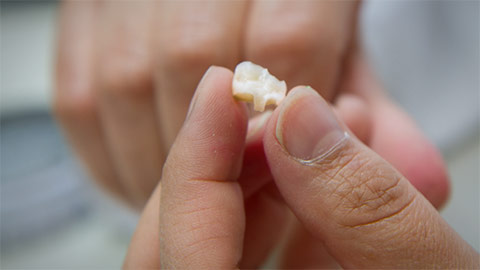 MENU
MENU
Dental Restoration


Chances are you’ve had a cavity in your lifetime, so you know that, if left untreated, they can sometimes be painful and can cause a great deal of discomfort.
Fillings
Cavities are caused by excess plaque on the enamel that protects your teeth. The plaque combines with the sugar that we eat to form an acid which erodes the enamel, and a hole is created exposing your tooth to harm.
Crowns
A crown is required if there is a significant amount of decay or if the tooth already has multiple fillings, or has a large fracture. After the existing tooth structure is reduced to remove any decay and to provide the best support structure, a crown will be placed on the tooth. The crown will completely encapsulate the tooth and protect it from further decay. We can provide you with white porcelain fused to metal or all porcelain crowns, or we can provide you with gold crowns.
Inlays
When tooth structure is at risk, an inlay is added to the spaces in between the cusps. An inlay is custom made in a lab for your specific restoration need and may require two visits.
Onlays
Similar to inlays, onlays are made to fit to your specific restoration need. However, they are made to cover one or more cusp(s), or the entire biting surface of the tooth. These are also known as “partial crowns.”
Dental Bridges
If the tooth is beyond repair, we may recommend removing the tooth completely and inserting a bridge. With a fixed bridge, teeth on either side of the gap are prepared as crowns so that they can support a replacement artificial tooth, which is cemented to them.
Replacement of teeth can also be done by means of dental implants or dentures. We will determine which restorative measure is best suited to solve your dental problem.
Watch videos about Dental Restorations:
 Tooth Decay
Filling
Tooth Decay
Filling
 Tooth Decay
Crown
Tooth Decay
Crown
 Tooth Decay
Inlay/Onlay
Tooth Decay
Inlay/Onlay
